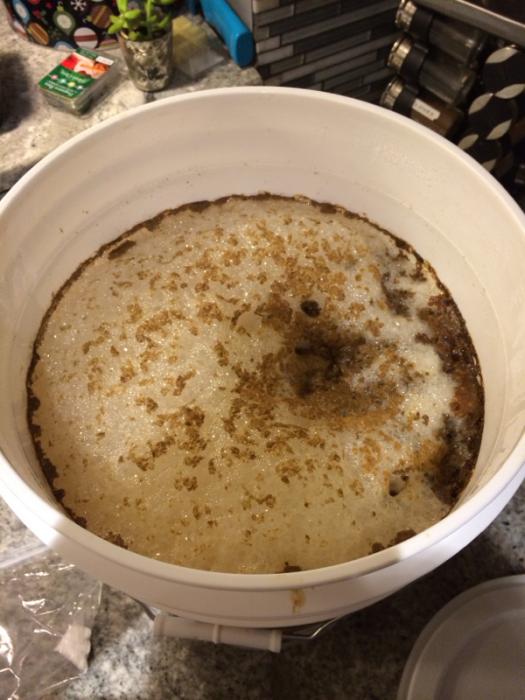First brew fermenting as we speak. It's now been 48 hours in the primary bucket, and no sign of bubbling. How long should I let it go before checking for krausen to ensure fermentation?
Brewed a Brewer's Best Weizenbier kit with a White Labs Hefeweizen Ale liquid yeast. Bucket has yet to hit over 67°F.
If no bubbles/krausen develop over 72-96 hours, would you pitch more yeast? Perhaps with a starter this time? Do a SG reading prior to anything else?
Brewed a Brewer's Best Weizenbier kit with a White Labs Hefeweizen Ale liquid yeast. Bucket has yet to hit over 67°F.
If no bubbles/krausen develop over 72-96 hours, would you pitch more yeast? Perhaps with a starter this time? Do a SG reading prior to anything else?





























![Craft A Brew - Safale BE-256 Yeast - Fermentis - Belgian Ale Dry Yeast - For Belgian & Strong Ales - Ingredients for Home Brewing - Beer Making Supplies - [3 Pack]](https://m.media-amazon.com/images/I/51bcKEwQmWL._SL500_.jpg)










